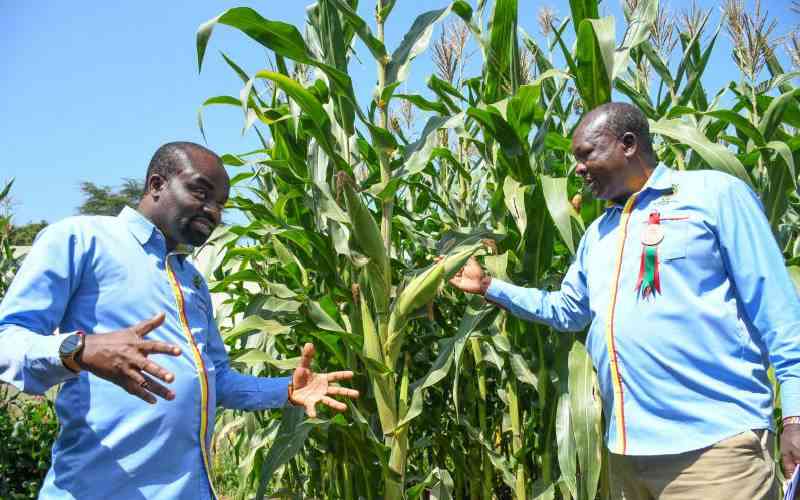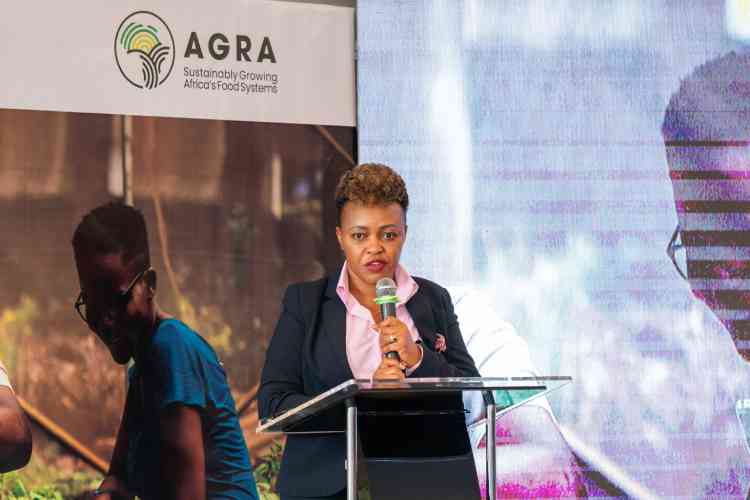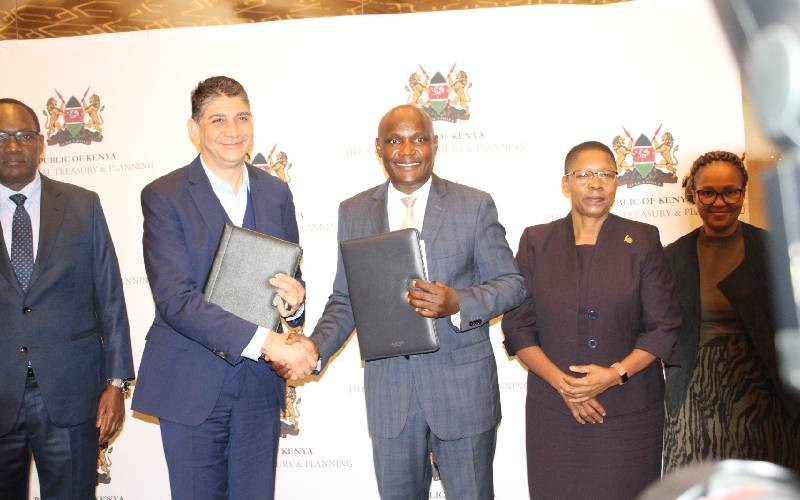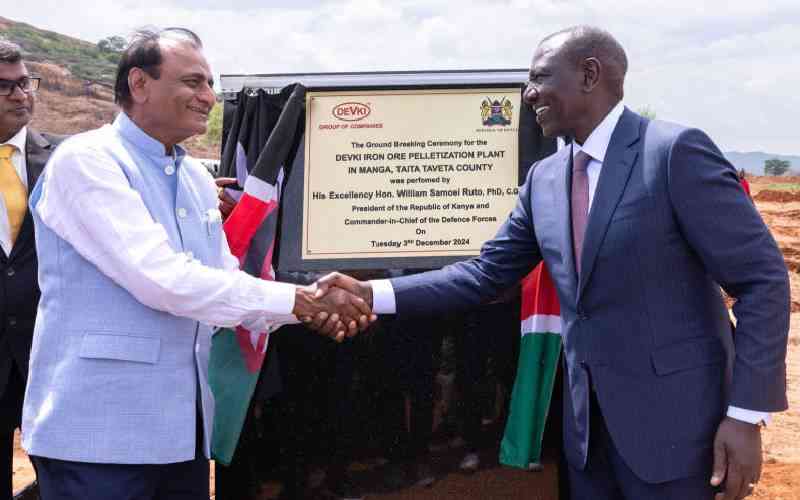
In a world grappling with climate change and social inequities, regenerative marketing is emerging as a transformative strategy for brands to drive systemic change. Unlike traditional sustainability marketing, which often focuses on minimizing harm, regenerative marketing shifts from short-term, product-centric campaigns to fostering long-term ecosystem health. It goes beyond mitigating environmental or social damage to actively restoring ecosystems, communities, and resources.
Brands position themselves as stewards of planetary and social well-being by integrating regenerative practices (e.g., restoring soil, biodiversity, or community wealth) into a brand’s identity and campaigns, aligning with global frameworks like the UN Sustainable Development Goals (SDGs).
This resonates with 73% of shoppers who would change their consumption habits to reduce their environmental impact, and Gen Z’s demand for value and purpose-driven brands.
The core of regenerative marketing lies in storytelling that showcases measurable, transparent outcomes; think carbon sequestered, livelihoods uplifted, or ecosystems restored, while inviting consumers to co-create impact.
For marketers, this means moving beyond greenwashing to authentic, data-driven narratives that build trust and differentiate brands in a competitive landscape.
Why C-suite leaders should care
A common executive distortion is the belief that deep impact necessitates a trade-off in growth or profitability.
In reality, regenerative marketing unlocks rich new sources of differentiation, resilience, and loyalty. Coca-Cola’s Replenish Africa Initiative (RAIN), for instance, has invested nearly $25 million to support clean‑water solutions in 20 countries, improve water access for over 6 million people, replenish more than 2 billion litres of water annually, and engage 140+ partners to safeguard watersheds
By reframing water use not merely as a cost but as an opportunity to restore watersheds, the company has reinforced supply-chain stability and built authentic consumer advocacy.
When leaders confine purpose to siloed CSR budgets, they miss the strategic upside of weaving regeneration into procurement, R&D, operations, and marketing, transforming every business function into a steward of lasting value.
Too often, sustainability is relegated to public relations checkboxes - an Earth Day tree planting here, a branded tote bag giveaway there, while systemic issues like soil degradation or community marginalization remain unaddressed.
Regenerative marketing demands we see communities and environments as co-creators, and not passive beneficiaries.
Take the Aga Khan Foundation’s Maendeleo Project in Kirinyaga County, Kenya, which began in January 2024. AKF trained 15 local ‘Green Champions’ to serve as on‑farm consultants, guiding over 2,000 smallholders through regenerative transitions
One farmer, Teresia Muni Gichobi, replaced costly chemical sprays with biosprays made from cow dung, ash and farm weeds. In her first year, her coffee yields jumped from 3,000 kg to an expected 5,000 kg, she cut input costs, improved her health, and reinvested earnings into her grandchildren’s education and a new poultry business.
By turning farmers such as Teresia into knowledge‑sharing champions, AKF ensures these techniques and their benefits cascade through entire villages, restoring soil health and community livelihoods in a self‑sustaining loop.
Stay informed. Subscribe to our newsletter
There is also the common assumption that regenerative practices are too complex or expensive to scale. Yet brands like Greenpop in South Africa, which has planted over 257,000 trees since its founding, demonstrate how community-driven restoration events can be both impactful and cost-effective.
In 2024 alone, Greenpop hosted Reforest Fest, engaging 1,200 activists and volunteers to plant 5,000 indigenous trees, divert over 400 kg of waste from landfills, and serve over 11,500 plant-based meals, creating rich storytelling opportunities that fuel donor engagement and volunteer recruitment.
These community‑rooted events demonstrate how social‑ecological wins can fuel brand narratives and deliver measurable ROI.
A four-step roadmap for regenerative practice
Holistic Impact Audit: Map every stage of your value chain from sourcing to production, distribution, consumption, and end‑of‑life against both ecological and social health indicators. This diagnosis reveals “blind spots,” such as focusing on plastic reduction while overlooking water scarcity or overlooking agricultural soil health while obsessing over packaging reduction.
Embed Co‑Creation: Convene suppliers, community leaders, NGOs and customers in collaborative design workshops. These sessions democratize decision-making and break down “us versus them” dynamics to ensure regenerative goals spring from shared priorities rather than top‑down mandates.
Innovate for Net‑Positive Outputs: Consider initiatives like refillable‑glass kiosks operated by local micro‑entrepreneurs. Each refill prolongs container life, slashes virgin material needs, and injects revenue into neighbourhoods, metrics you can report as kilograms of glass reused and income earned.
Alternatively, partner on regenerative‑agriculture trials, paying premiums for soil‑enriching crops and spotlighting farmers’ stories in campaign content.
Measure, Share & Iterate: Publish real‑time “Regeneration Reports” featuring metrics such as hectares restored, litres of water replenished, grants awarded, and livelihoods uplifted. Being transparent about both successes and learning curves corrects the misconception that brands must project perfection; instead, it positions them as continual learners on a collaborative journey.
Across sectors, regenerative tactics have delivered quantifiable returns. Unilever’s integrated mangrove campaign not only supported coastal ecosystems but also achieved a 12 percent sales uplift and reached 9.8 million consumers through targeted messaging and in-store activations.
In the energy access domain, M-KOPA has provided over 1 million solar home systems, offsetting more than 2.1 million tonnes of CO₂ and reporting that 62 percent of customers experienced income growth from new energy-enabled opportunities, clear evidence that regenerative products can drive both environmental and financial uplift
The executive imperative
For African senior marketers and C-suite leaders, regeneration must transcend marketing briefs and become a strategic imperative woven into organizational DNA.
This requires aligning performance incentives, linking bonuses not only to revenue but also to ecosystem health and community-wellbeing metrics.
It demands cross-functional collaboration: procurement sourcing regenerative-certified raw materials, R&D designing refillable or regenerative products, finance recalibrating ROI models to account for long-term supply-chain resilience, and marketing crafting narratives that celebrate shared successes and honest learning.
By embracing experimentation and transparent reporting, executives signal that regeneration is core to risk management, brand equity, and sustained growth.
Regenerative marketing offers a path to brand leadership.
Brands that commit to net-positive outcomes will stand out not only for their environmental credentials but for their genuine investment in human and ecological flourishing.
As these practices proliferate, they will redefine market expectations, reward pioneers with deeper loyalty and resilience, and help cultivate the thriving communities upon which all future growth depends.
The writer is a Senior Marketing Executive and Sustainability Specialist







